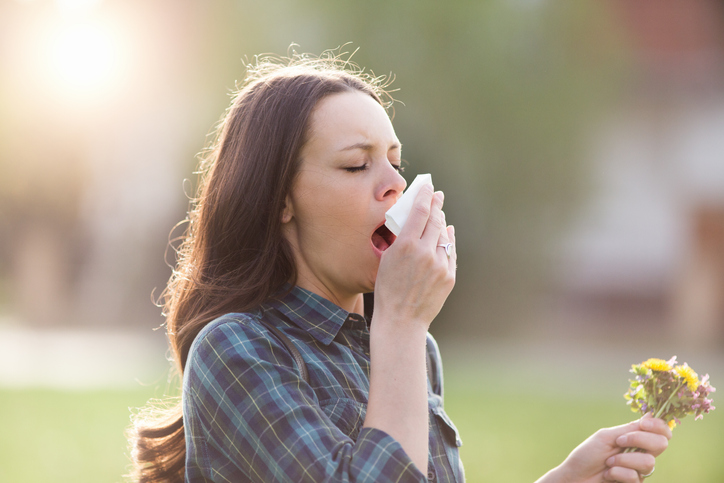It’s springtime, when there’s only one thing on everyone’s minds: allergies, and how they make you miserable with the sneezing, sore throat, and eyes glued shut. It’s all because of tiny little particles of pollen flying around the air. Here’s everything you need to know about spring’s tiniest menace.

First use of the word
The word pollen was first used in a scientific sense in the 18th century by Carolus Linnaeus, who created the natural classification system, or taxonomy. (For example: people are Homo sapiens.) He used the word to describe the powdery genetic material given off by plants, based on a Latin word that means “fine powder.”
First scientific use
The word pollen was first used in a scientific sense in the 18th century by Carolus Linnaeus, who created the natural classification system, or taxonomy. (For example: people are Homo sapiens.) He used the word to describe the powdery genetic material given off by plants, based on a Latin word that means “fine powder.”
What is pollen?
What is pollen, exactly? It’s the male, sperm-producing material from a plant. It’s produced in the stamen of a flower (if it’s a flowering plant) or in a pollen cone (for conifers).
Why is it yellow?
Despite the flower from which it comes, pollen is almost always yellow. (You can see it when it covers your car or house.) This is due to a chemical compound within called flavonoids, which are also the coloring agent that makes so many citrus fruits bright yellow and orange. These flavonoids are of a protective nature, and guard the plant’s genetic material against mutations.
Bees need to see it
Pollen may also come in shades of brown, white, purple, and red, but the reason so many plants go with yellow is because bees can’t see red. Plants have evolved over the centuries to make its genetic material — which needs to get carried away by bees — more visible to bees.
But so do birds
Conversely, plants that are pollinated by birds and butterflies tend to still have that red pollen — as birds and butterflies are often attracted to that color.
Hay fever
Not all pollen causes an allergic reaction in those humans who suffer from “hay fever.” The microscopic pieces of pollen that do contain a protein that is problematic for people. The immune system notices them in the respiratory system and its B cells produce antibodies to attack. That hyper-production also activates white blood cells, which release histamines, causing the blood vessels to dilate and directly leading to stuffed noses and swollen eye cavities.







